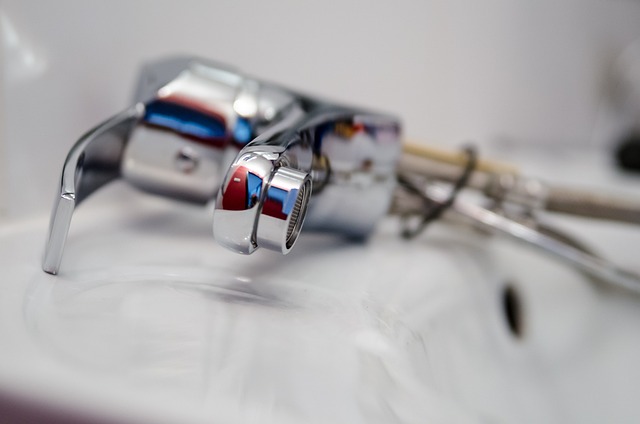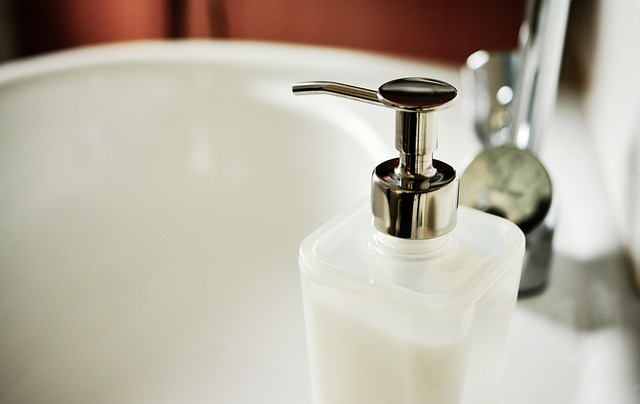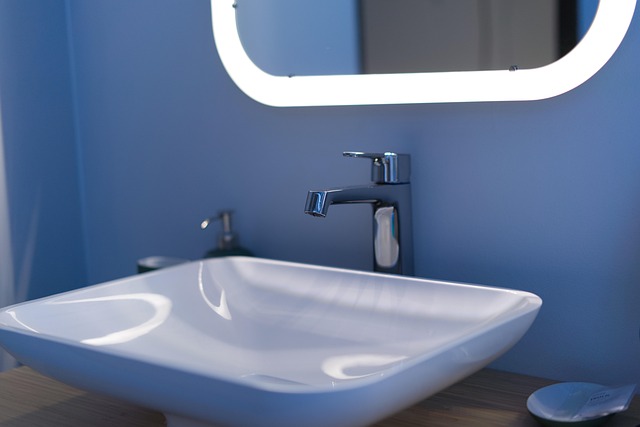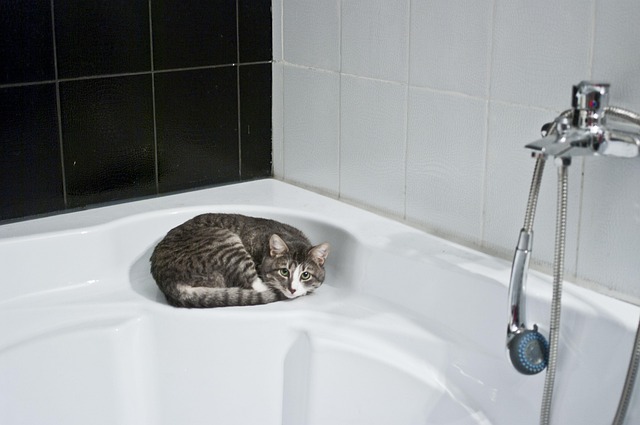Early identification of toilet leaks and clogs is crucial for DIY plumbers. Essential tools include a bucket, plunger, gloves, wrenches, and a stopcock key. Basic repairs involve inspecting float valves and fill tubes, but complex issues may require professional bathroom plumber expertise. For running toilets without a flush valve, access inner mechanics to replace flappers and adjust float arms. Skilled bathroom plumber experts diagnose modern tank leaks, offering cost-saving solutions like adapters or tank conversions.
Struggling with a running toilet that seems to never stop? This comprehensive guide is your savior. Learn how to fix a running toilet without a flush valve, a common yet daunting problem faced by many homeowners. From identifying leaks and clogs to gathering the right tools, our step-by-step process ensures you tackle the issue like a seasoned bathroom plumber expert. No more wasted water or constant noise—take control today!
- Understand the Problem: Identify Leaks and Clogs
- Gather Tools: What You'll Need for Repairs
- Access the Toilet's Inner Mechanics: Step-by-Step Guide
- Fix Without a Flush Valve: Creative Solutions from a Bathroom Plumber Expert
Understand the Problem: Identify Leaks and Clogs

Understanding the problem is the first step in fixing a running toilet without a flush valve. Toilet leaks can be caused by various issues, from a simple faulty flapper to more complex problems like worn-out seals or damaged parts. The most common signs of a leak include continuous running water and an increased water bill. If you notice any of these symptoms, it’s time to investigate further. Start by checking the toilet’s base for visible leaks around the flush valve area and the tank. Even tiny droplets can indicate a problem. Additionally, clogs are another frequent issue, often caused by debris or foreign objects blocking the drain pipe. A plumbing fault diagnosis might reveal whether the issue is structural or operational, guiding you towards the right repair approach.
Identifying leaks and clogs early on is crucial for any DIY bathroom plumber expert. While a faucet replacement guide can offer insights, complex cases may require professional intervention. Keeping an eye on these issues prevents minor problems from escalating into costly repairs. For instance, a simple drain unclogger tool might be all you need to clear a minor blockage, but for persistent clogs or leaks, consulting a plumbing expert could save time and ensure long-lasting solutions.
Gather Tools: What You'll Need for Repairs

Before tackling a running toilet, make sure your tool kit is up to the task. While a bathroom plumber expert might have specialized tools, you can usually manage with what’s readily available at home. Gather items like a bucket, plunger, rubber gloves, and a variety of wrenches (adjustable or pipe). A key component for this repair is a stopcock key, used to tighten or loosen the water supply valve. Don’t forget to prepare your space – cover floors with old rags or a tarp in case of spills. For more complex issues, consider a plumber for rent, especially if you’re unfamiliar with plumbing repairs. They can provide expert advice and piping replacement service if needed.
Remember, safety first! Turn off the water supply before starting. Most toilets have a float valve and a fill tube – inspect these to identify the source of the problem. The running toilet might be due to a leaky flush valve or an issue with the fill mechanism. Drain cleaning tips can help maintain smooth plumbing, but for this immediate fix, focus on the parts you can access and replace as needed.
Access the Toilet's Inner Mechanics: Step-by-Step Guide

To fix a running toilet without a flush valve, first, access the toilet’s inner mechanics. Start by locating the fill valve, usually at the back of the tank. Remove the screw securing the float arm and lift the float to expose the refill tube. Check for any leaks around the tube connection and tighten as needed. Next, assess the flapper mechanism. The flapper is a crucial part that seals the drain after each flush. Lift the lid off the tank and carefully remove the old flapper. Ensure the new flapper fits properly and aligns with the drain hole.
Lower the float arm back into place and screw it securely. Fill the tank partially, and check for any leaks. If water seeps in around the edges or through the refill tube, adjust the float height or tighten connections. A bathroom plumber expert can provide valuable assistance if these steps prove challenging. Remember that DIY repairs are not always straightforward, especially for those unfamiliar with plumbing. Consider hiring a professional plumber for rent if you’re unsure about handling the issue yourself, ensuring your bathroom faucet installation is done correctly from the start. Expert advice on plumbing can prevent future issues and ensure your toilet functions optimally.
Fix Without a Flush Valve: Creative Solutions from a Bathroom Plumber Expert

When faced with a running toilet that lacks a flush valve, don’t despair—a skilled bathroom plumber expert offers creative solutions to resolve this common issue. The first step is to identify the source of the leak, whether from the tank or the bowl. Many modern toilets use pressure-assisted tanks, which can be tricky to fix without the right tools and knowledge. A seasoned bathroom plumber expert knows how to access and manipulate these intricate mechanisms safely.
Instead of replacing the entire toilet, an experienced professional might suggest a creative workaround, such as installing an adapter or converting the tank to a different type. This not only saves money but also showcases ingenuity. With their expertise in bathroom plumbing installation, plumber Bromsgrove specialists ensure quick fixes and long-lasting solutions, ensuring your bathroom remains functional and efficient without breaking the bank.
If you’ve exhausted standard flush valve repair methods, don’t despair—a running toilet can still be tamed. Our expert plumbing insights have provided creative solutions for even the trickiest cases. By understanding your toilet’s inner workings and leveraging the right tools, you can fix a running toilet without a flush valve. Don’t underestimate your ability to make repairs; with some patience and know-how, you can save money and reduce unnecessary callouts to a bathroom plumber expert.
